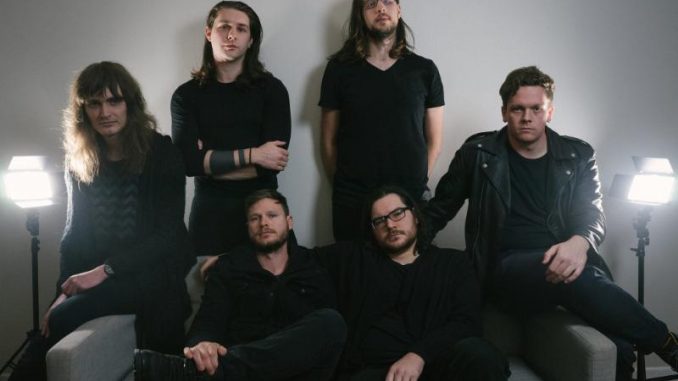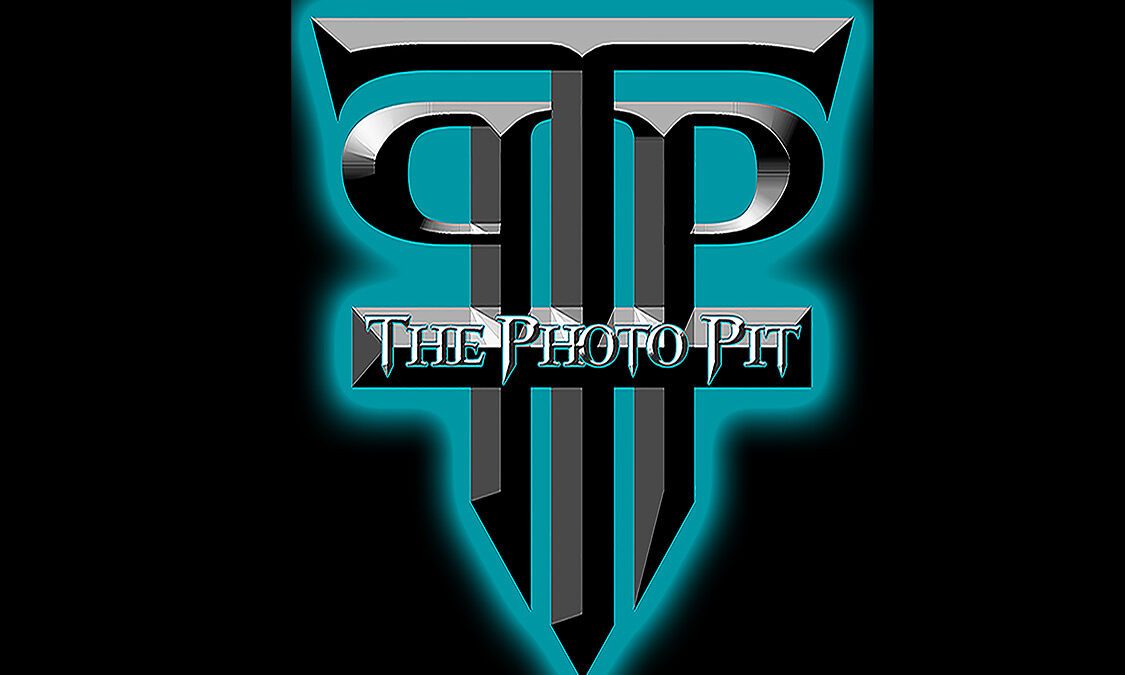
SPOOK THE HORSES: Svbterranean Premieres Interactive “Made Shapeless” Video From New Zealand-Based Atmospheric Metal Collective; People Used To Live Here Out Now On Pelagic |
|
[photo by Alex Ross] “People Used To Live Here shows the band opting for a stripped-down, slow-burning approach that results in songs reminiscent to the moody jazz of Bohren & Der Club Of Gore, the desert doom ofEarth, and the melancholic ‘slowcore’ of Codeine and the like. The record is a prime example of when big sonic risks pay off.” — Svbterranean View / Share SPOOK THE HORSES’ “Made Shapeless” At THIS LOCATION
Svbterranean is pleased to offer up the North American premiere of “Made Shapeless,” the interactive new video from New Zealand-based atmospheric metal unit SPOOK THE HORSES. The ethereal tune comes by way of the band’s People Used To Live Here full-length released last year via Pelagic Records.
Issues the band, “The video is centered around an abstract odyssey that presents itself in three stages, progressing and regressing through ambiguously symbolic landscapes and scenarios. This cryptic and dreamlike 360° video examines the familiar and unfamiliar ideas and memories that lurk and merge within the subconscious. The medium of VR was a very deliberate choice, simultaneously allowing the viewer the autonomy to frame the scene as they wish, yet also presenting zero ability to influence or adjust what is there. As the viewer, you must make the choice of deliberately turning toward or away from what is hurtling toward you.”
Experience “Made Shapeless” at Svbterranean at THIS LOCATION.
Stream People Used To Live Here in full at THIS LOCATION.
People Used To Live Here is out now on CD, LP, and digital formats via Pelagic Records. See all ordering links below.
North America: https://bit.ly/sthputlhNA, Europe: https://bit.ly/sthputlhEU Australia: https://bit.ly/sthputlhAUS Digital: https://goo.gl/gHdfnS
Imagine if band members could rotate between instrument positions, because each musician had a proficient grasp on each instrument involved? It would supply a degree of freedom and mutual musical understanding, something that most bands could only dream of. SPOOK THE HORSES, from Wellington, New Zealand, are such a band.
Perhaps it’s this multi instrumentalism and virtuosity that explains the vast musical territory that is explored among the band’s three albums: while 2011’s debut album Brighter was defined by sweet post-rock crescendos, 2015’s Rainmaker was a much heavier affair that would appeal to fans of Cult Of Luna or Amenra. The band’s People Used To Live Here, in quiet stark contrast to the aforementioned, sees the band turn the distortion knobs way down, to a mildly saturated crunch tone, at most.
The band’s most daring effort to date, People Used To Live Here explores the natural and immediate. Written and conceived in relative isolation over several grim Southern Hemisphere winters, SPOOK THE HORSES is defining their own sonic trademark with this album: an atmosphere of quiet desolation, raw and real, desperate and unsettling; the post-apocalyptic soundtrack to abandoned places, where people used to live, at one point in time, long ago.
Fans of Bohren & Der Club Of Gore, Kilimanjaro Darkjazz Ensemble, Mogwai (Come On Die Young), and Amenra (acoustic), pay heed.
“…gentle and warm, a mature and well-rounded effort and an example of a band drawing a wide range of influences without losing coherency. They’re also just off-putting enough to be a little frightening; consider the horses spooked indeed.” — The Monolith
“The disparate feelings pull at the listener as the guitars lilt slowly through the songs main melody. An ever-present hesitation from the instruments helps build anticipation, setting an uneasiness to the music, and petering out in much the same way it came in.” — It Djents on “Lurch”
“…without ever breaking into a race, the band are skilled at building tension and changing moods, bringing the music to emotional crescendos but also plumbing the quiet depths of abandonment and desolation.” — No Clean Singing
|

